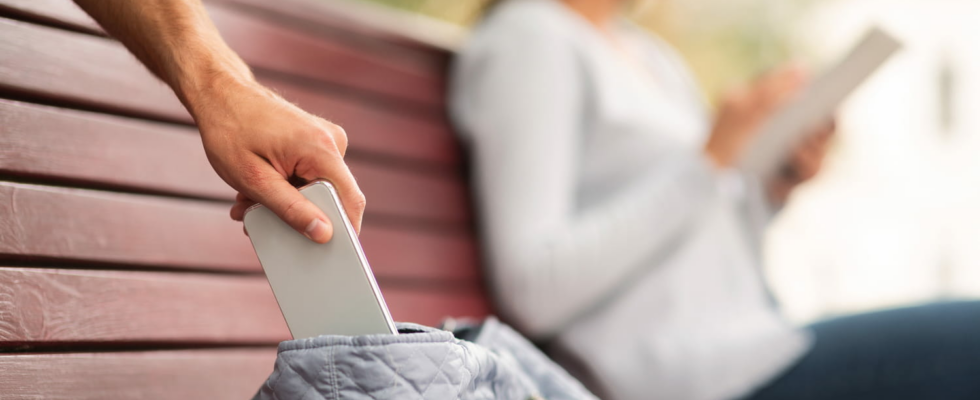Are you worried about losing or having your precious smartphone stolen? Then, before it’s too late, activate this option: it will allow you to easily locate your device and lock it remotely.
Losing your phone is an unpleasant experience with potentially dangerous and distressing consequences. Indeed, your phone is an expensive device that probably contains a lot of sensitive data about you. In addition, your mobile is probably your gateway to many online accounts and services, with the democratization of two-factor authentication.
Even if you are very careful with your belongings, no one is safe from an unfortunate oversight or a bad encounter, and anyone can lose or have their precious smartphone stolen. Before it is too late, however, you can set up additional security on your device, which will allow you to find it, lock it or even erase it remotely if necessary.
Whether you own an iPhone or an Android phone, both types of smartphones offer a system for locating and securing devices remotely: Locate at Apple, and Locate my device at Google. In both cases, enabling this feature will allow you to locate your lost phone on a map, even if it is offline or turned off.
To function, both systems rely on the same principle, the crowdsourcingwhich translates to “crowdsourcing.” Simply put, all phones in circulation that have enabled this feature share data with each other, forming a gigantic location network. Each device regularly shares its location with other compatible devices around it, and the data produced is then transmitted to Apple or Google, and stored online for the user to view.
In this way, it is therefore possible to locate a lost or stolen device more easily, based on the last recorded positions or on the data transmitted by other nearby devices. The advantage of this mechanism is that mobile devices without a GPS chip can also be located, by being detected by other devices on the network located around them. It thus becomes possible to find more easily a pair of wireless headphones or a connected key ring, if you have previously associated it with your Apple or Google account.
To use these location features, you must go to Settings > Locate on iPhone, or in Settings > Find My Device on Android, then activate the corresponding option. To take full advantage of these systems, note that your phone’s geolocation and Bluetooth must remain activated, which will have an impact on its autonomy.
Finally, keep in mind that by using these location features on your device, you’ll be sending a lot of information to Apple and Google. Both companies assure that this data is encrypted and secure, but since promises are only binding on those who believe them, it will be up to you to decide whether you want to prioritize your privacy or the ability to find your phone if it gets lost.
